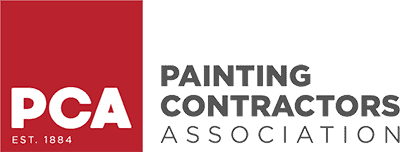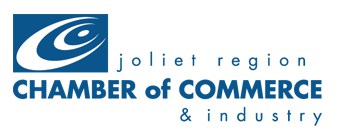Exterior painting isn’t just about freshening up your home’s curb appeal. It plays a crucial role in protecting your house from the elements. In Naperville, IL, where seasonal swings can be drastic, choosing the right temperatures to paint can mean the difference between a long-lasting finish and premature peeling or cracking.
Many homeowners underestimate how weather conditions, particularly temperature, can impact the success of their exterior paint job. From freezing winter nights to hot summer days, painting outside the ideal temperature range can cause major issues that lead to costly repairs down the line.
This article will walk you through why temperature is so important for painting, the best times to paint, and the risks involved in painting in the wrong conditions. We’ll also explain when it might be smarter to call a professional for the job to avoid costly mistakes.
How Temperature Affects Paint Performance
Paint is more than just a liquid that dries on your home’s surface—it’s a chemical compound that cures through a reaction with the air and surface. Temperature plays a significant role in this process.
| Temperature Condition | Effect on Paint |
|---|---|
| Too Cold | Slows curing, leading to poor adhesion, cracking, and uneven finishes. |
| Too Hot | Causes paint to dry too fast, resulting in brush marks, lap marks, and blistering. |
| Ideal Temperature | Ensures proper curing, smooth finishes, and long-lasting results. |
Paint Chemistry 101:
Curing vs. Drying: Paint doesn’t simply dry—it cures. Curing is the chemical process that bonds the paint to the surface. Too cold, and this reaction is sluggish. Too hot, and it happens too quickly, causing defects.
Ideal Temperature Ranges by Paint Type
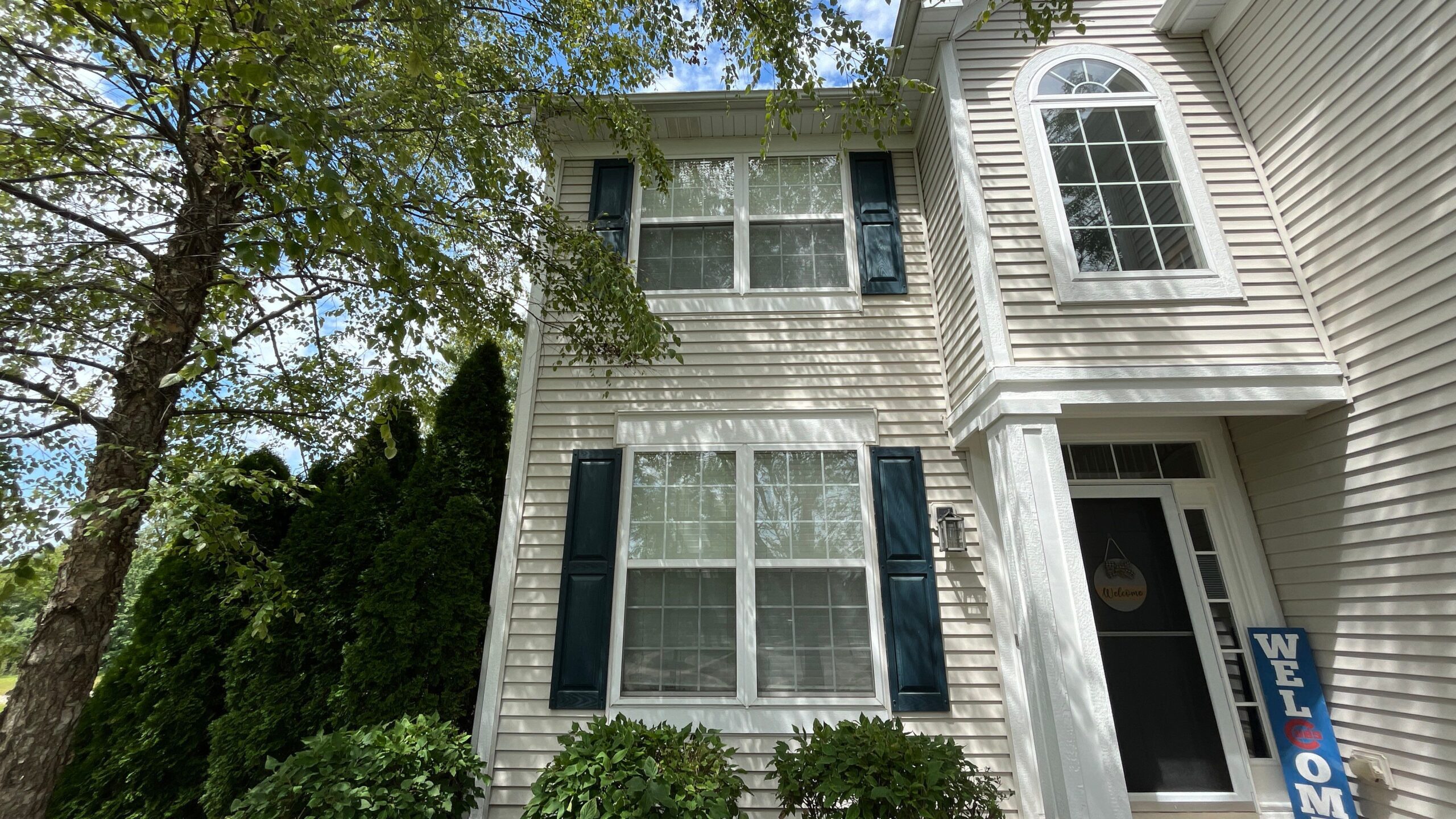
Each type of paint has a preferred temperature range to perform at its best. In Naperville, where temperatures fluctuate, understanding these ranges is key.
Latex (Water-Based) Paint:
-
Ideal Temperature: 50°F to 85°F
-
Risks below 50°F: Poor curing, peeling, and cracking over time.
-
Risks above 85°F: Flash drying, causing an uneven finish, brush marks, and discoloration.
Oil-Based Paint:
-
Ideal Temperature: 40°F to 90°F
-
Risks below 40°F: Extended drying times, which can leave the paint susceptible to damage.
-
Risks above 90°F: Surface bubbling, poor bonding, and inconsistent texture.
Nighttime Temperatures Matter:
Even if daytime temperatures are ideal for painting, low nighttime temperatures (common in Naperville, especially during spring and fall) can ruin the curing process and cause long-term issues.
The Risks of Painting Outside Optimal Temperatures
When you paint outside the recommended temperature range, you expose your home to a variety of risks that can affect the longevity and look of the job.
| Risk | Consequence |
|---|---|
| Peeling and Cracking | Poor bonding due to extreme temperatures leads to peeling and cracking. |
| Uneven Finish | Paint dries unevenly, resulting in blotches, streaks, and a dull appearance. |
| Shortened Paint Lifespan | Paint exposed to improper conditions won’t last as long, requiring premature repainting. |
| Hidden Costs | DIY mistakes like uneven coverage lead to early repainting costs, wasted labor, and frustration. |
When in doubt, check the manufacturer’s label — most quality paints list ideal temperature ranges for best results.
Other Weather Factors You Can’t Ignore
Naperville’s diverse weather conditions—ranging from high humidity in the summer to windy, dry days in winter—can also affect the painting process. Here’s how:
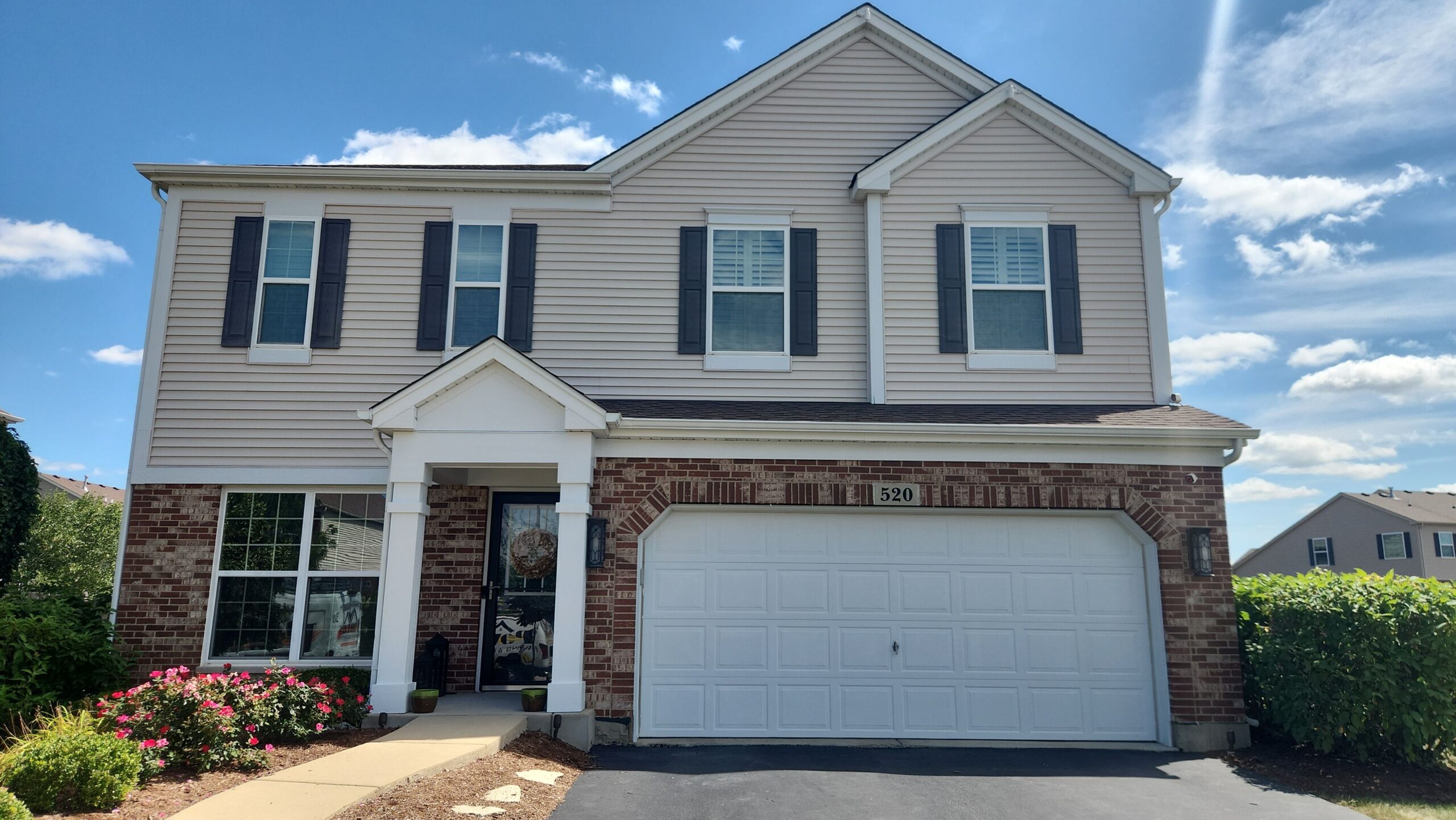
| Weather Factor | Effect on Painting |
|---|---|
| Humidity | High humidity (>70%) slows drying, and low humidity (<40%) can cause rapid drying, leading to poor adhesion. |
| Wind | Wind blows dust and debris onto wet paint, and speeds up evaporation, causing brush marks and uneven finishes. |
| Direct Sunlight | Surfaces exposed to direct sunlight can heat up beyond the air temperature, leading to premature drying. Always paint shaded areas first. |
Timing Your Painting Project Right
In Naperville, choosing the right time of year and day can make or break your painting project. Here’s when to plan your painting:
Best Times of Year:
-
Spring (Late April to June): Temperatures are mild, and the risk of unpredictable rain is lower.
-
Fall (September to October): A great time to paint with stable temperatures before the cold sets in.
Best Times of Day:
-
Late Morning to Mid-Afternoon: Temperatures are generally stabilized and most favorable for painting.
-
Avoid Peak Heat: In summer, avoid painting during the hottest part of the day (afternoon) when temperatures can soar beyond ideal conditions.
Monitor Weather Forecasts:
Watch for not just daily highs and lows, but hourly temperatures. Even if rain isn’t predicted, drops in temperature during the night can impact your paint’s performance.
Why Professional Painters Nail It Every Time
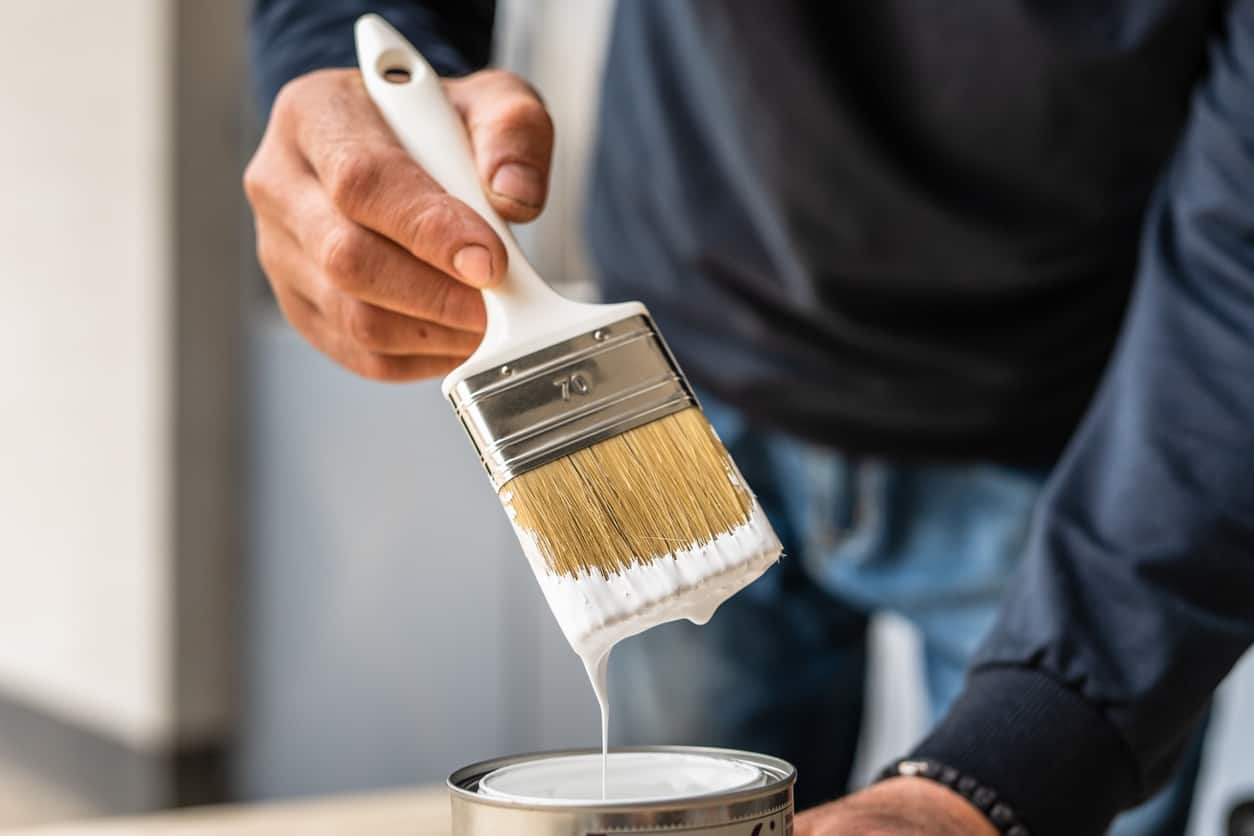
Hiring a professional painter in Naperville ensures your home gets the best possible finish, no matter what the weather throws at you.
Why Professionals Excel:
-
Experience with Local Climate: Professionals understand Naperville’s microclimate patterns and can adjust their painting strategies accordingly (e.g., coastal areas cooling off quickly at night).
-
Use of Specialty Paints: Pros use high-performance, professional-grade paints that perform better under less-than-ideal conditions.
-
Proper Timing and Prep: Professionals plan the sequence of surfaces based on sunlight exposure and temperature shifts throughout the day to avoid issues.
-
Protecting Your Investment: Professional painters ensure longer-lasting results, saving homeowners money on repainting costs and reducing maintenance over time.
Quick Checklist for DIYers Before Painting
Follow these steps to ensure a successful DIY painting project:
-
Confirm that day and night temperatures are within paint specifications.
-
Check humidity levels to ensure they’re not too high or too low.
-
Plan to start with shaded sides and work your way around.
-
Avoid painting if rain is predicted within 24–48 hours.
-
Always read and follow the paint manufacturer’s guidelines for best results.
Conclusion
Temperature plays a crucial role in the success of your exterior paint job in Naperville. By understanding the ideal conditions for painting and the risks of painting in the wrong weather, you can avoid costly mistakes and ensure your home gets a long-lasting, professional-quality finish.
Thinking about repainting your home’s exterior but worried about getting the conditions just right? Contact Powers Painting & Decorating today for expert advice, perfect timing, and a flawless finish!




